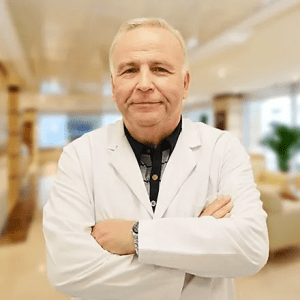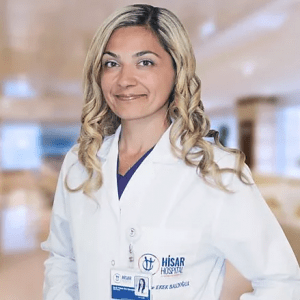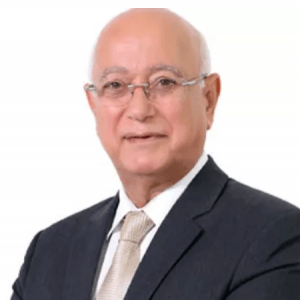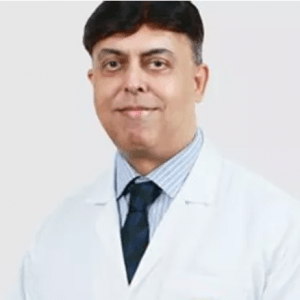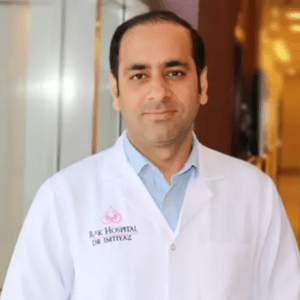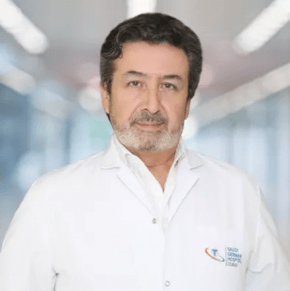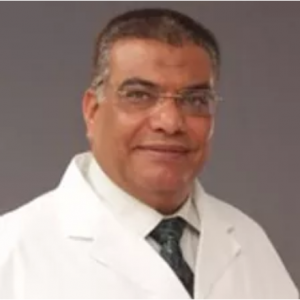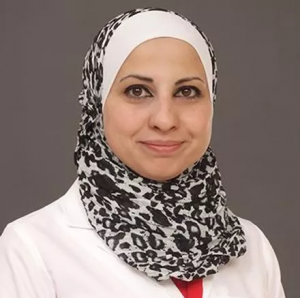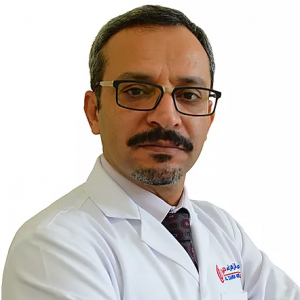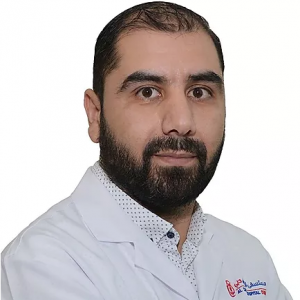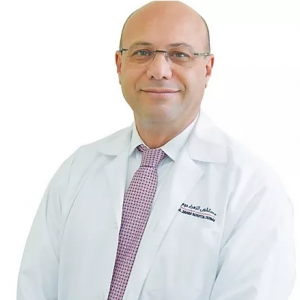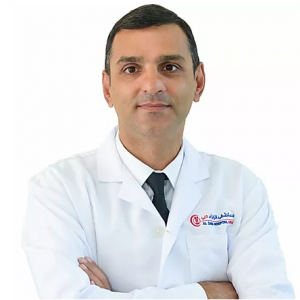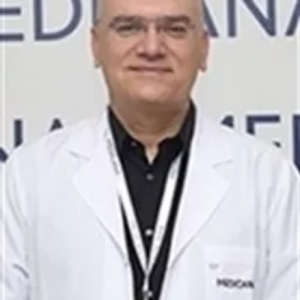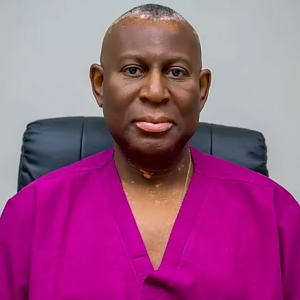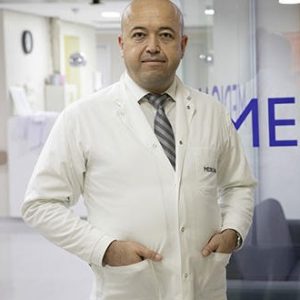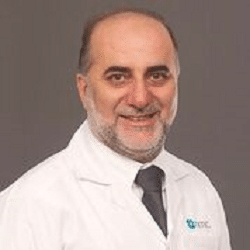Lymphangioma
Lymphangioma, which is also called as lymphatic malformations are generally non cancerous cysts that are fluid-filled. It occurs usually in lymphatic vessels. These vessels usually contain a substance that is called lymph which together make up the lymphatic system. They help to regulate fluid in the body tissue. They also work along with the immune system in order to fight infection. Research shows that this malformation called lymphangioma usually occurs in about 1 in 4000 births. Lymphangioma mostly occurs on the head region or the neck. Almost 75 percent of the cases are usually located in the region. Most of lymphangioma are identified at birth and most of the rest other cases are identified by age 2. Read More
Top Doctors For Lymphangioma Treatments
Top Hospitals For Lymphangioma Treatments
Lymphangioma
Lymph is generally a fluid that contains infection-fighting white blood cells that is present throughout the body. They circulate throughout the lymphatic system and return to the venous bloodstream through the thoracic duct.
Formation of Lymph:
Lymph is usually formed when the interstitial fluid that is collected through tiny lymph capillaries are located throughout the body. These are then transported through the lymph vessels to the lymph nodes, which usually cleans and filters it.
Types of lymphangioma:
There are various types of lymphangioma which are mostly defined by the size of it. These are few of it:
Macrocystic Lymphangioma or Cystic Hygromas:
This is a type of lymphangioma which is bigger than 2cms along with defined borders. They are also called cavernous lymphangiomas or cystic hygromas. They appear as spongy masses and also with bluish-reddish appearance.
Microcystic Lymphangioma or Lymphangioma Circumscriptum:
These types are smaller than 2cms and usually have undefined borders. They usually grow in clusters and can also appear as tiny blisters. They are also known as lymphangioma circumscriptum and also capillary lymphangioma.
Combined or Mixed Lymphangioma:
It is a combination of both types of lymphatic malformation.
Diagnosis and Treatment of Lymphangioma:
The diagnosis and treatment procedures for Lymphangioma are as follows:
Prior to the treatment:
- The diagnosis prior to the treatment is done through ultrasound examination which is usually done before birth
- For abnormalities noticed after birth, your doctor advises you to take MRI and CT scan or ultrasound. This helps in confirming the diagnosis and also evaluate the size as well as the impact
During the treatment:
Usually your child’s doctor may usually advise against treatment for Lymphangioma if symptoms are very mild or absent. Yet if the lymphangioma is large and impacting the child’s wellbeing, then your doctor may likely suggest one of the several treatment options mentioned below. Usually the treatment depends on the type, size and also location of the Lymphangioma.
Surgery:
Surgery is carried out in order to cut the cyst. It usually is difficult if the mass of lymphangioma is very close to nerves or else organs.
Sclerotherapy:
In this therapy, the doctor injects a chemical directly to the mass in order to shrink as well as collapse it. This type of therapy is more commonly used and has a good success rate just as surgery with fewer complications.
Laser therapy or radiofrequency ablation:
In this treatment, a laser or needle delivers a current in order to destroy the mass of lymphatic malformation.
Prognosis, Post-treatment and Recovery:
- Repeated treatments might be need post surgery since it is very impossible to destroy every cell of a lymphangioma
- Recurrence rate change depending on the type as well as the location of the lymphangioma
- People generally recover without any issues usually after surgery though many of blood filled or lymph node cysts tend to recur
Complications associated with Lymphangioma:
Though lymphangioma doesn’t cause any serious medical complications, they can still cause complications due to the prominence of lymphangioma on a person’s neck as well as face. Some of the complications associated with it are as follows:
- Pain
- Infection
- Breathing issues especially when swelling press the airway on the neck
- Difficulty swallowing
- Difficulty speaking
- Cellulitis
- Bleeding
- Double vision (When eye socket is affected)
- Chest pain and wheezing (If chest is affected)
- Puffiness around collar bone
- Cyst filled with blood
Symptoms
These are few of the symptoms of lymphangioma, though they vary depending on the size as well as location:
- Tiny reddish or blue dot appearance
- Swelling and deformed masses as lymph accumulates
- Blood-filled cysts behind the eye
- Vomiting
Causes
Though experts aren’t sure what causes lymphatic malformation, these are few reasons which they think is the cause of lymphangioma:
- An error in the cell division happening during fetal development that can cause dysfunctional lymphatic system
- Occurrence of too many chromosomes in newborn babies like that of Down syndrome, Noonan syndrome and Turner syndrome
- Abnormal development of the lymphatic system
FAQ
1. What is the role of a lymph fluid? Where does lymph come from?
The lymphatic system is generally a network of tissues and organs which helps to get rid of the body of toxins. The main function of the lymphatic system is to transport lymph, which is a fluid that contains infection-fighting white blood cells present throughout the body.
2. What is serosanguineous fluid or serosanguineous drainage?
Serosanguineous fluid is a discharge which contains both blood as well as a clear yellow liquid known as blood serum.
3. What are the worst foods for the lymphatic system?
Fast food, food with MSG, diet soda, sugary snacks, alcoholic beverages and caffeine.
4. What are a few lymphatic system facts?
It is somewhere near twice the size of the blood circulation system. It also manages almost double the volume of fluid daily in our body.
5. What is a lymphatic disease or lymphatic disorders?
Lymphatic disease is a class of different disorders that directly affect the components of the lymphatic system. Few of the lymphatic diseases are Hodgkin's Disease, Non-Hodgkin's Lymphoma, Lymphangitis and Lymphangomnia.
6. Is Lymphangomnia curable?
Though lymphangioma does need treatment, there are different therapies that are very successful. Most cysts and masses can be usually removed or reduced in size. Overall, people affected generally recover without any issues. However, repeated treatments might be needed.



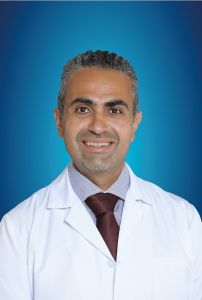


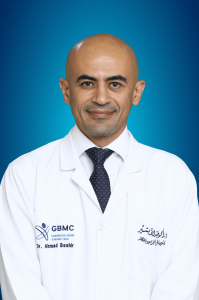
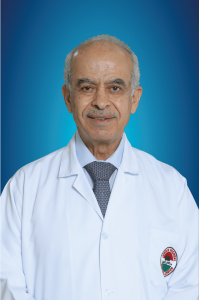
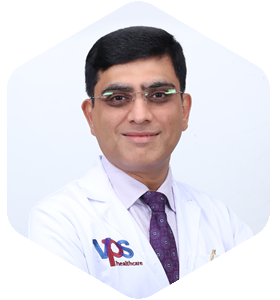

















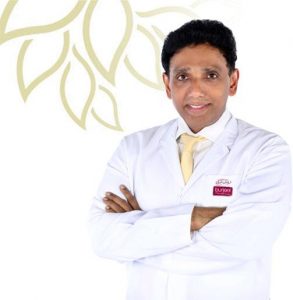









![DR [PROF.] KARL MILLER](https://anavara.com/wp-content/uploads/2021/10/DR-PROF.-KARL-MILLER-244x300.jpg)








